The development of the manufacturing industry has never stopped, and every subtle change in the production line often hides a profound logical shift. Once upon a time, automatic handling equipment, which was regarded as an "auxiliary role", is now quietly rising to become a key node in the manufacturing system. In particular, the application of multi-axis automated robotic arms is no longer limited to simple handling and transportation. They are being embedded in the core links of manufacturing with higher flexibility and stronger coordination capabilities, reconstructing the operation logic of the production line.
From linear execution to logical embedding: structural upgrade of roles
The core task of traditional handling tools is the movement of materials. However, in the current manufacturing site, especially in the context of pursuing flexible production and rapid line change, single and mechanical execution is far from enough. The characteristics of multi-axis automated robotic arms, such as wide coordinate coverage, complex motion paths, and sensitive response, enable them to undertake more "non-standard" handling tasks, and even actively participate in production scheduling and process links.
For example, in an assembly line with multiple varieties of parallel operations, a multi-axis automated robotic arm can not only carry different parts according to production instructions, but also temporarily adjust the path, optimize the beat, and coordinate the rhythm of the upper and lower processes. From executing commands to dynamic decision-making, its role has risen from "execution end" to "scheduling core link".
The fulcrum of flexible scheduling: the driving force behind the flexibility of production lines
The iteration of manufacturing models brings not only changes in output, but also a deep innovation in logic. Especially today when small and medium batches and multi-category production have become the norm, "flexibility" has become an important indicator for production line layout and equipment selection. And this flexibility capability often depends on key units such as automated robotic arms.
Compared with fixed track handling equipment, multi-axis robotic arms can cope with various complex environments through six-axis and seven-axis compound actions, and can quickly adapt to different task requirements without large-scale changes in production layout. More importantly, the robotic arms can quickly transfer tasks, transition from single-machine execution to collaborative groups, and support the basic structure of "flexible manufacturing".
In other words, production line flexibility is no longer a problem of system software or process reengineering, but an external manifestation of equipment intelligence capabilities. Among them, the multi-axis automated robotic arm plays the role of "flexible scheduling fulcrum" - the key hub connecting instructions, scenes and actions.
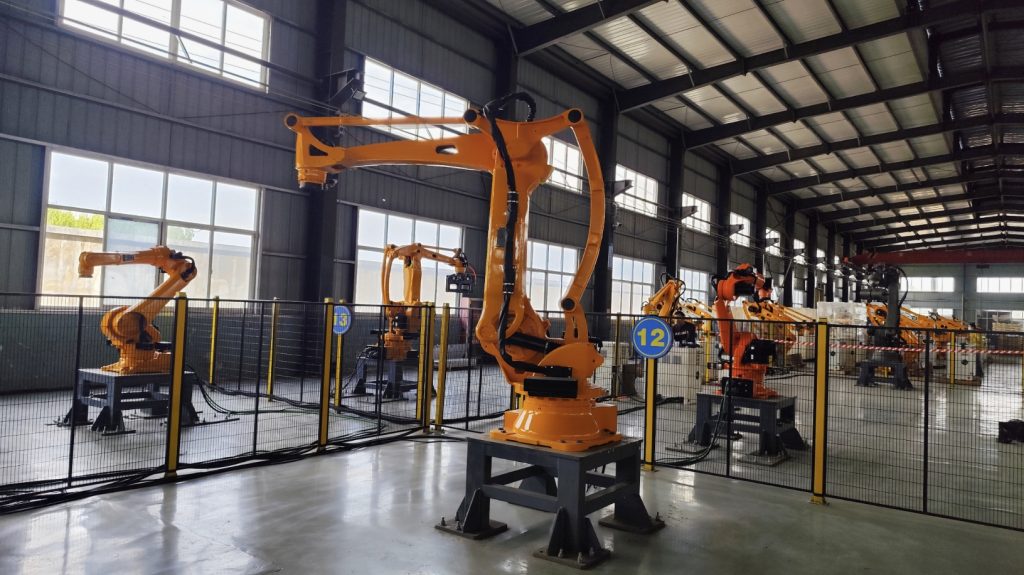
Collaboration with people, not replacement: redefinition of manufacturing collaborative relationship
Many discussions about automation often revolve around "replacing labor". However, people who walk into the workshop will find that the development trend of modern robotic arms is not simply "replacement" but "collaboration". The continuous evolution of multi-axis automated robotic arms in safety strategies, path optimization, human-computer interaction interfaces, etc. makes it more like a "partner" rather than a "competitor".
In actual scenarios, such robotic arms often cooperate with humans to complete material fine processing, position calibration or temporary adjustment tasks. They release the pressure of repetitive labor rather than the value of the position itself. It is this reconstruction of "collaborative relationship" that transforms manufacturing workers from "operators" to "dispatchers", thereby driving the upgrade of overall process capabilities.
Embedded in the core links of manufacturing: the transition from tools to nodes
It is worth noting that the value of automated industrial robotic arms is expanding to the dimension of "information nodes". After docking with the manufacturing execution system, they are no longer simple physical devices, but "intelligent nodes" with functions such as data collection, abnormal warning, and status feedback. This means that behind every action of the robot arm, there may be real-time upload of production status, fine-tuning suggestions for parameters, and even push of decision suggestions.
The significance of this transformation is that the "reaction speed" and "adjustment ability" of the manufacturing site no longer rely on the macro-decision of management, but are initiated and responded to quickly by the intelligent devices at the end of the production line. By embedding the production closed loop, the multi-axis automated robot arm breaks the hierarchical transmission of traditional decisions and builds a faster manufacturing neural network.
The core transition of multi-axis automated robotic arms to future manufacturing
It is foreseeable that as the capabilities of multi-axis robot arms in load adaptability, visual recognition, and multi-machine collaboration continue to deepen, their position in the manufacturing system will be closer to the "core link" rather than the "edge". In different scenarios such as integrated manufacturing, discrete production, and automated logistics, it has the ability to embed, adapt, and expand, becoming a "key variable" for manufacturing upgrades.
And this role transition is also in turn promoting the reconstruction of the entire manufacturing system. From production line design to process planning, from data access to management concepts, the embedding of multi-axis automated robotic arms has changed not only a point or a device, but also the organization of the entire chain.
Conclusion:
The word "handling" has been redefined in the manufacturing scenario. It is no longer just a physical movement, but a whole set of new logics around collaboration, response, intelligence, and scheduling. Multi-axis automated robotic arms are the concrete carriers of this logical change. Their deep embedding in the core links of manufacturing represents an industry's rethinking and reshaping of its own boundaries. Future manufacturing is not just the evolution of tools, but also the rewriting of roles, logic, and order.
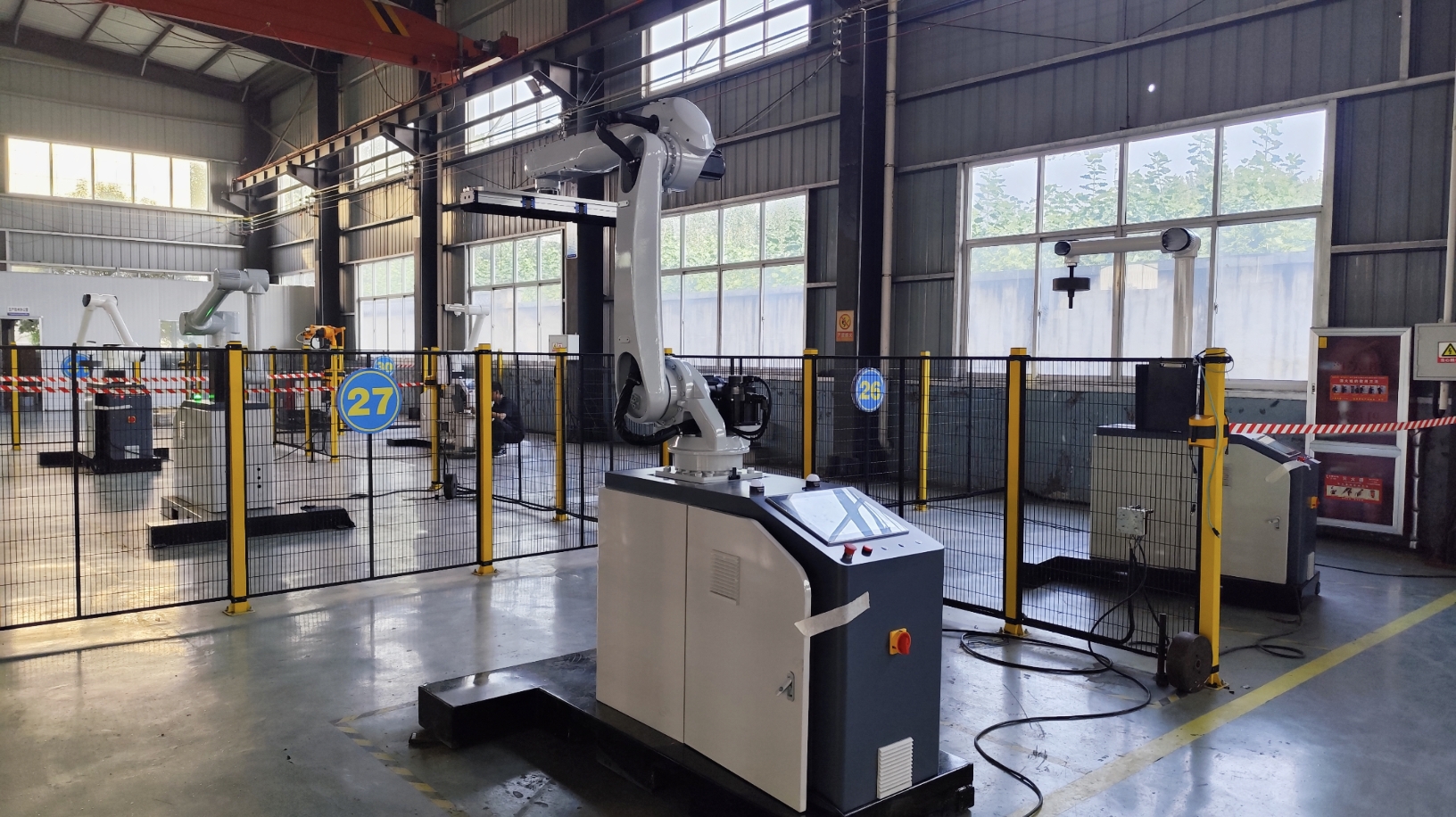
Online Consultation
Hello, the current customer service is offline. You can leave your contact information and the staff will respond to you as soon as possible!


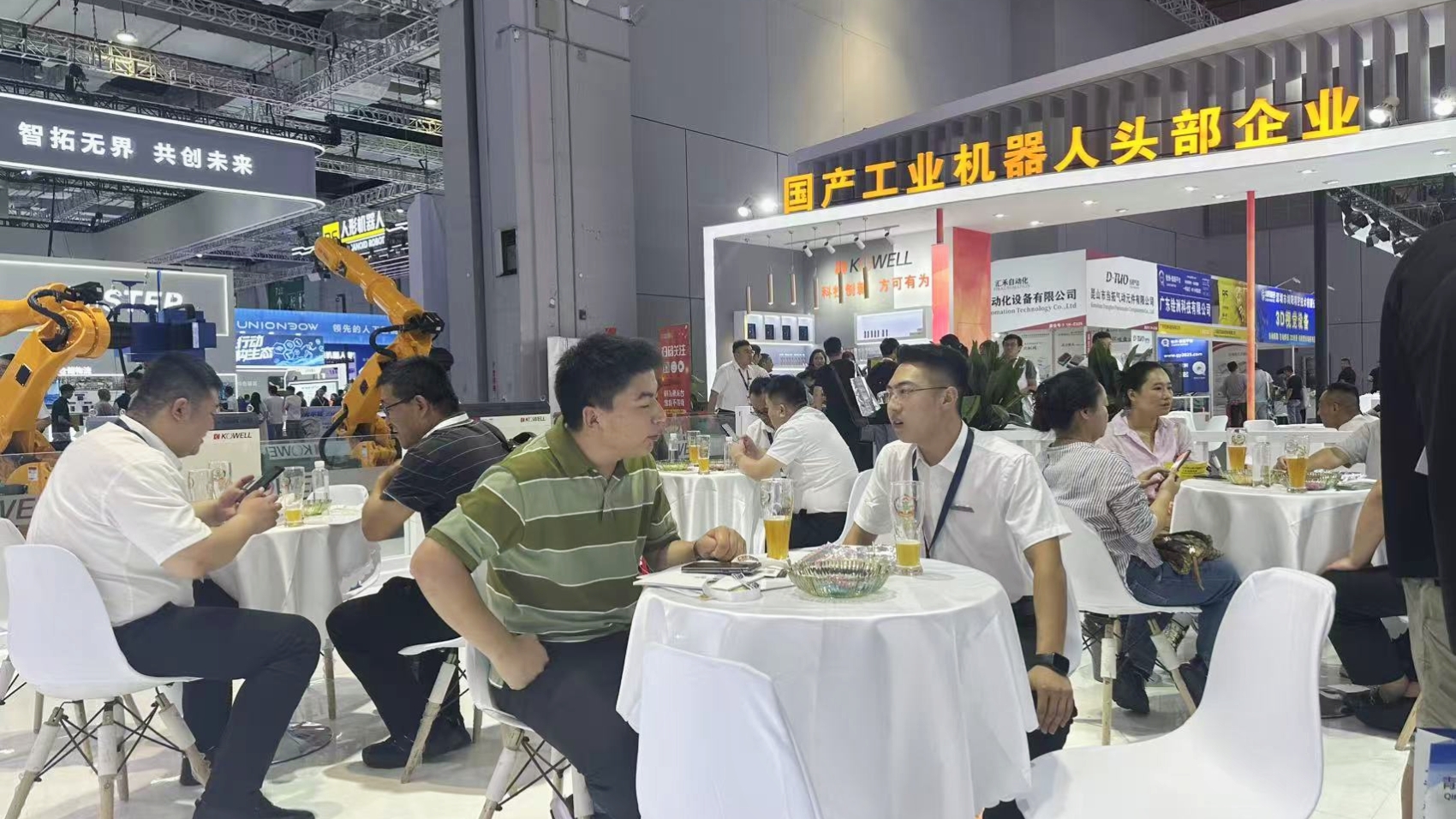
![[CIIF Day 4: Technology In-Depth] Kewei Robotics Drives Intelligent Manufacturing with Innovation, Leading the Wave of Industrial Transformation](https://cdn.cnyandex.com/kw_en/uploads/9.26.1.jpg)
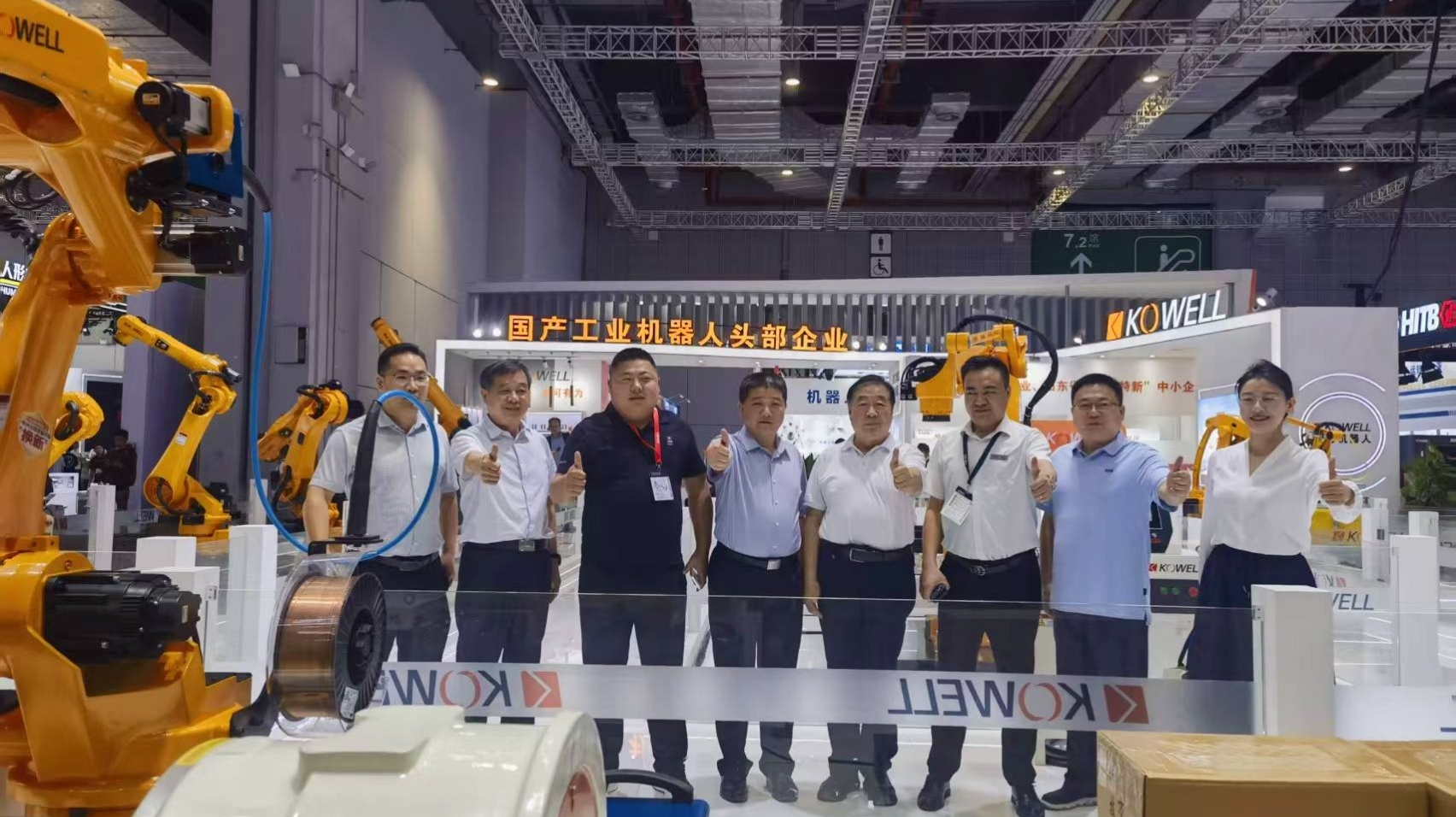
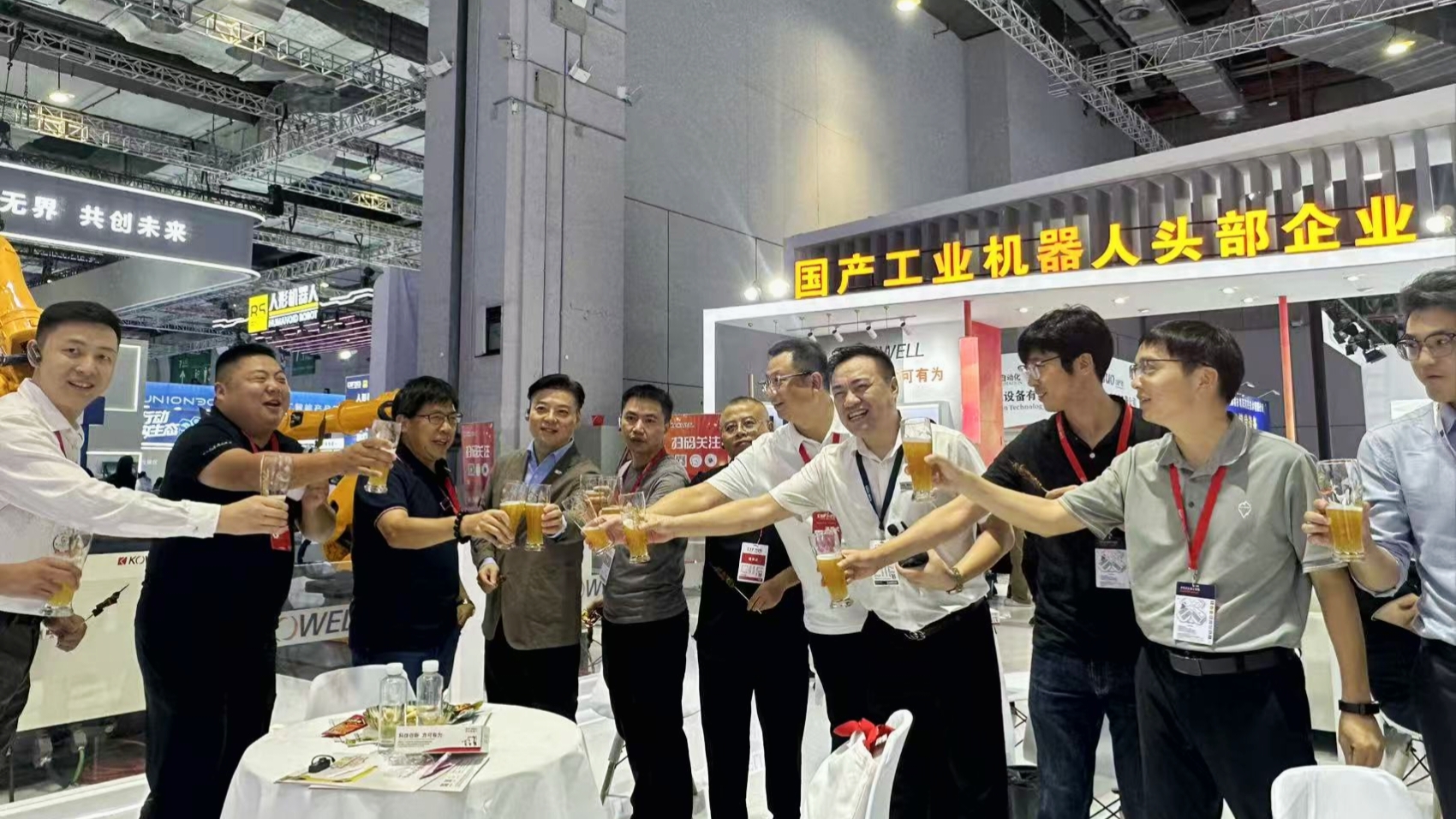
![[CIIE First Day: Exploding the House] Kewei Robotics made a stunning appearance at the CIIE, ushering in a new paradigm for intelligent manufacturing!](https://cdn.cnyandex.com/kw_en/uploads/9.23.1.jpg)